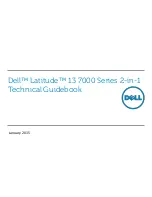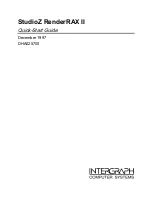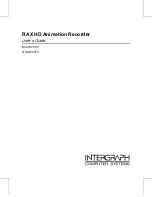
Appendix E Intel
®
Matrix Storage Manager
106
Appendix E Intel
®
Matrix Storage Manager
E.1 Introduction
The AESQ67-967 Series can provide data protection for serial ATA (SATA)
disks via the Intel
®
Matrix Storage Manager using one of three fault-tolerant
RAID levels: RAID 1, 5 or 10. When using two hard drives, matrix RAID
allows RAID 0 and RAID 1 functions to be combined, where critical files can
be stored on RAID 1, and RAID 0 can be used for non-critical items such as
software. RAID 5 and RAID 0 can be combined to provide higher
performance, capacity, and fault tolerance.
CAUTION:
A configured RAID volume (which may consist of multiple hard drives)
appears to an operating system as a contingent storage space. The
operating system will not be able to distinguish the physical disk
drives contained in a RAID configuration.
E.1.1
Precautions
One key benefit a RAID configuration brings is that a single hard drive can fail
within a RAID array without damaging data. With RAID1 array, a failed drive
can be replaced and the RAID configuration restored.
WARNING:
Irrecoverable data loss occurs if a working drive is removed when
trying to remove a failed drive. It is strongly recommended to mark
the physical connections of all SATA disk drives. Drive locations can
be identified by attaching stickers to the drive bays. If a drive
member of a RAID array should fail, the failed drive can then be
correctly identified.
CAUTION:
Do not accidentally disconnect the SATA drive cables. Carefully
route the cables within the chassis to avoid system down time.




























